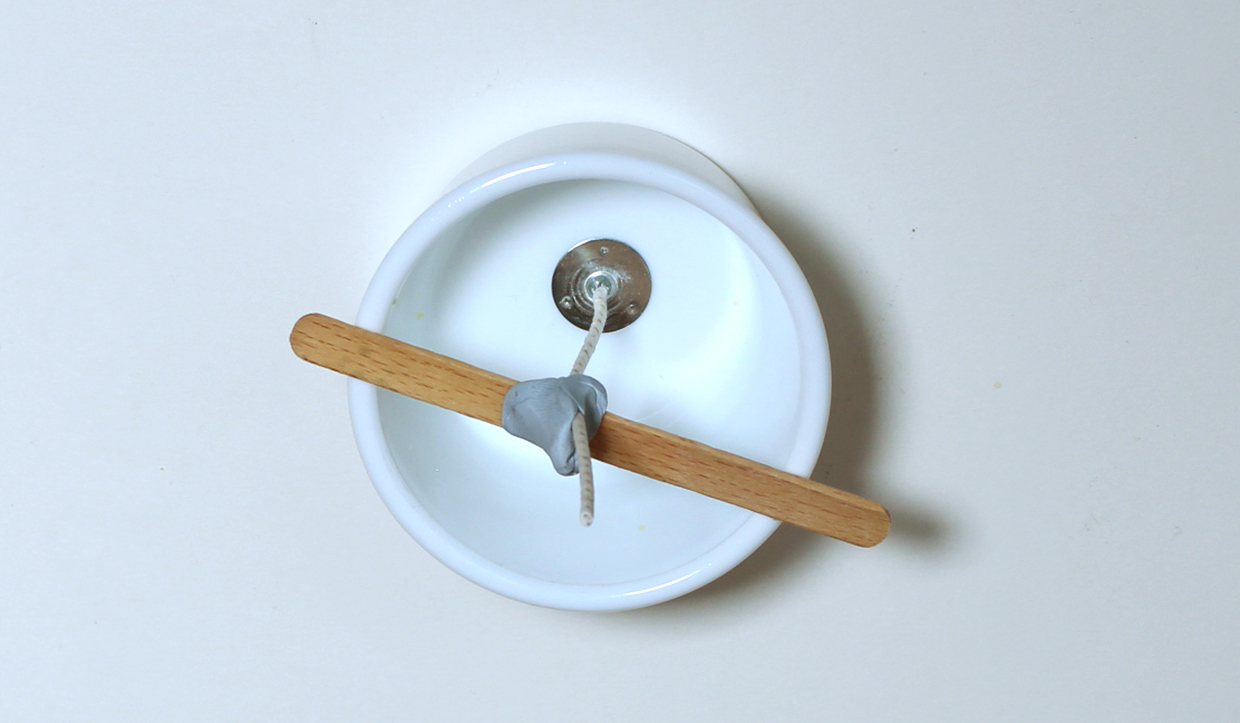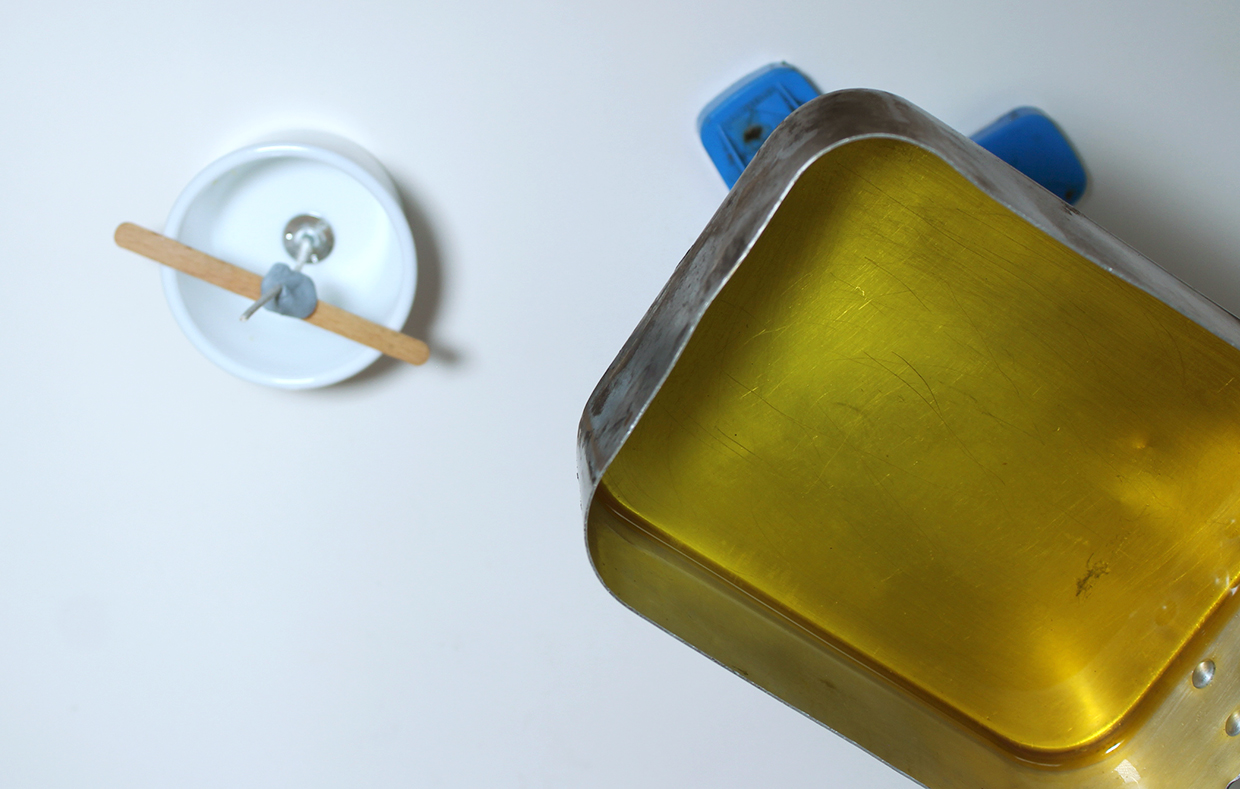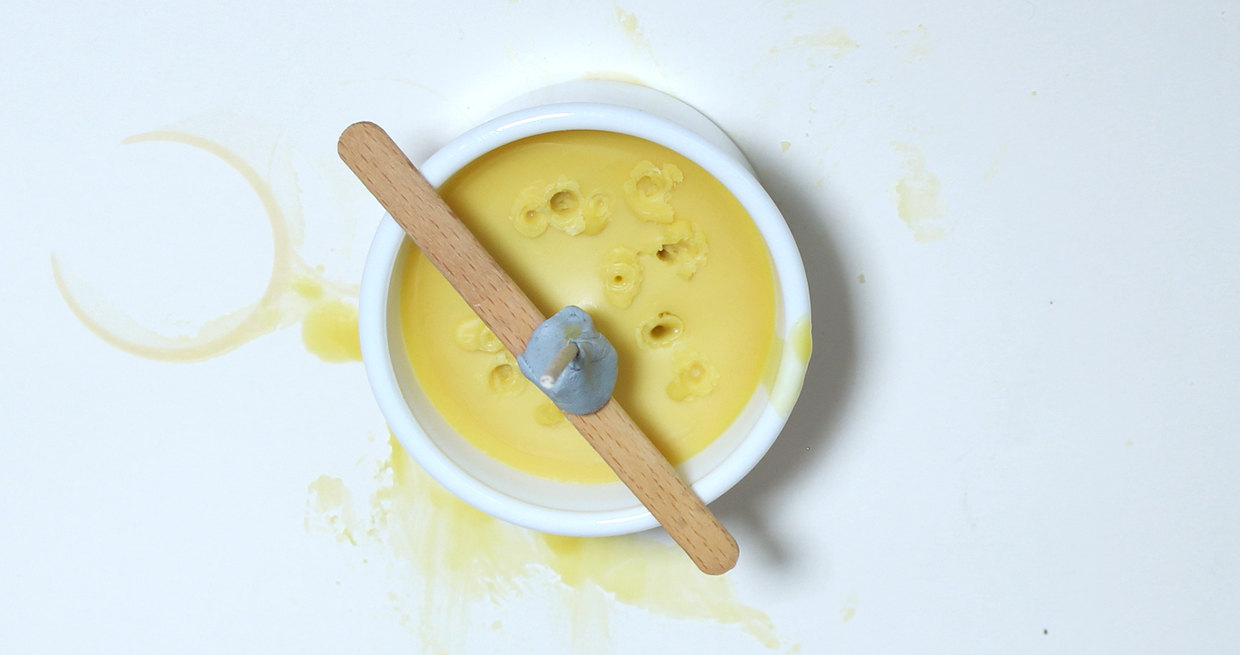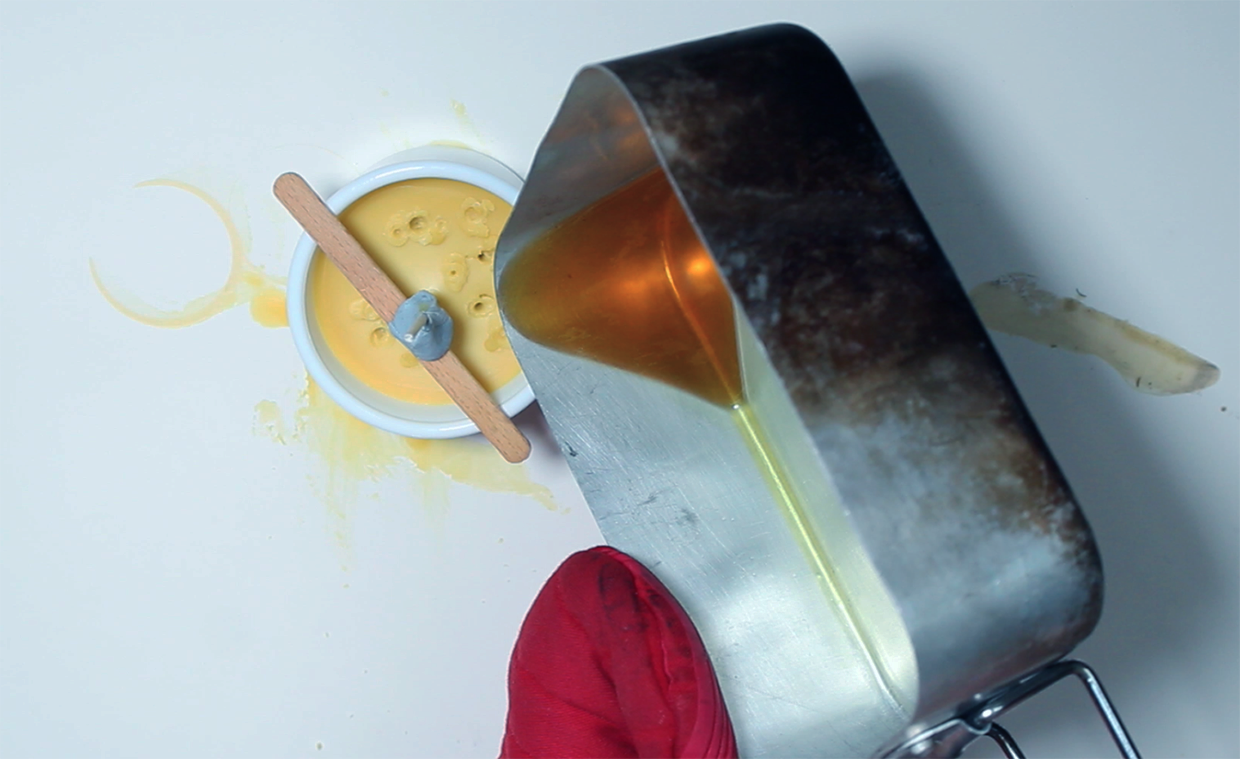If you've ever thought about making your own candles but don't know where to start - give it a try, it's easier than you think!
We're going to show you how to make beeswax candles from raw beeswax which have a lovely colour and delicious natural smell, and we'll be using pre-made wicks and containers - but keep reading below for tips on how to make your own wicks and containers!
Alternatively, if you want to save yourself some effort gathering the individual materials, or were planning on making a candle for a friend, why not check out our pick of the best candlemaking kits!
Safety warning - before we start showing you how to make beeswax candles, it's important to note that there are several safety aspects to be aware of. Never leave a lit candle unattended or around pets or children, and do not position too close to walls or curtains. The following tutorial involves heating and pouring hot wax, as well as the use of some sharp tools - so please be careful and take your time. Please use your own judgement and common sense when creating home-made candles, it's a fun and creative project but is at your own risk!

The first thing to do before we start learning how to make beeswax candles is to get all of your materials together. We've listed everything you'll need below, but here are a few extra notes and things to be aware of.
Beeswax - It's easiest if you can get hold of pellets rather than blocks of beeswax, as these will melt more evenly. If you are using blocks, try cutting them into smaller chunks with a knife. We used this 500g Beeswax Pellets from Amazon, and found that 500g was enough to make 3 medium sized candles.
Wicks - If you're trying to make candles for the first time we'd advise buying some pre-made wicks. Pre-made candle wicks are easy to use and it's a good idea to have some spares in case you need to start again for any reason. We used this pack of 100 candle wicks from Amazon that comes with 2 different sizes and a wick holder. Alternatively, you can make your own wicks using cotton yarn or string, find out more in our how to make a candle wick tutorial.
Containers - We're going to use a pre-used candle jar in this tutorial, but there are lots of options if you would like to use a different container. You can use glass jars, however - you need to be sure that they're heat proof - Kilner jars are a good choice for this! If you are unsure, using a wider jar is better than a slimmer jar, as the heat won't be as close to the glass. You can also use tin cans, although if they are ridged you won't be able to get the candle out of the can (more on this later), and you should be careful where you position it as the metal could get hot. Again, be cautious and use your best judgement.
Pans/heat source - Once you've used your pan for melting wax, you shouldn't use that pan again for food cooking (while beeswax is not-toxic and shouldn't do you any harm if you ingest a small amount, it's still advisable to avoid it). For this reason we've chosen to use an old camping mess tin as our pan. Your pan needs to be clean and dry - any water left in the pan could lead to it spitting. We've had no problems with melting the wax directly in the pan, however some people prefer to melt their wax in a bain marie (for example, put the wax in a glass bowl that sits in a saucepan of boiling water). The important thing is you want a very low and slow heat - you don't want your melted wax to boil and spit - so take your time and be careful - and be sure to use oven gloves!
Measurements - If you're unsure of how much wax you'll need for your container, it's easy to find out! Simply fill your container with water first and measure how much it weighs (subtracting the weight of the container of course) - once you know that simply weigh the same amount of wax. This will give you a ball-park amount, but you can always just add some extra wax f you're a little sure. Make sure that your container is clean and thoroughly dry before using.
Mess - You WILL made a mess and spill some wax, no matter how hard you try not to! It's a good idea to put some paper or an old sheet down where you will be transferring the hot wax. Equally, if you're worried about spilling wax on your kitchen stove or worktops, one option is to use a camping stove somewhere where you won't mind making a mess instead. TOP TIP - If you do spill any wax on your clothes, let it dry and scrape off the worst of it with a knife - then place some brown packing paper over the wax and iron on a low heat - the heat will melt the wax and soak into the brown paper - but be careful to do this gradually and keep checking it regularly so that you don't get wax on your iron.




















